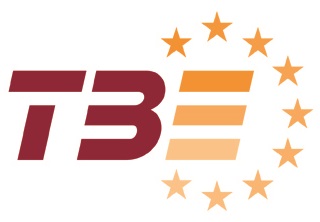The delegated acts to modify the annex III and annex V of the Construction Products Regulation (CPR) were published in the Official Journal of the EU in late May 2014.
The purpose of the annex III of the CPR is to give more flexibility to the manufacturers of construction products when drawing up a Declaration of Performance (DoP). Please see below a summary of the delegated act amending the annex III:
- The text of the model is shorter and in the DoP manufacturers may include the reference to the website where the DoP is available;
- It provides additional instructions for drawing up a DoP;
- The former point 2 of the annex III was deleted (“type, batch or serial number or any other element allowing identification of the construction product as required pursuant to art. 11(4)”;
- When a manufacturer draws up a DoP, they shall reproduce the texts and the headlines of the model, which are not indicated between brackets;
- The manufacturer may use a different layout than in the model;
- The points of the model can be combined and thus presented together. They can also be presented in a different order;
- If some points are not relevant for the product, they can be omitted;
- The manufacturer may present the points without numbering them.
In short, the delegated act to modify the annex V clarifies the description of the Assessment and Verification of Constancy of Performance (AVCP) tasks.


